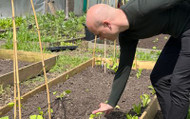Posted by Amber Williams on 18th May 2023
J. Parker's Staff Behind the Scenes | Jonathan's Northern Manchester Allotment
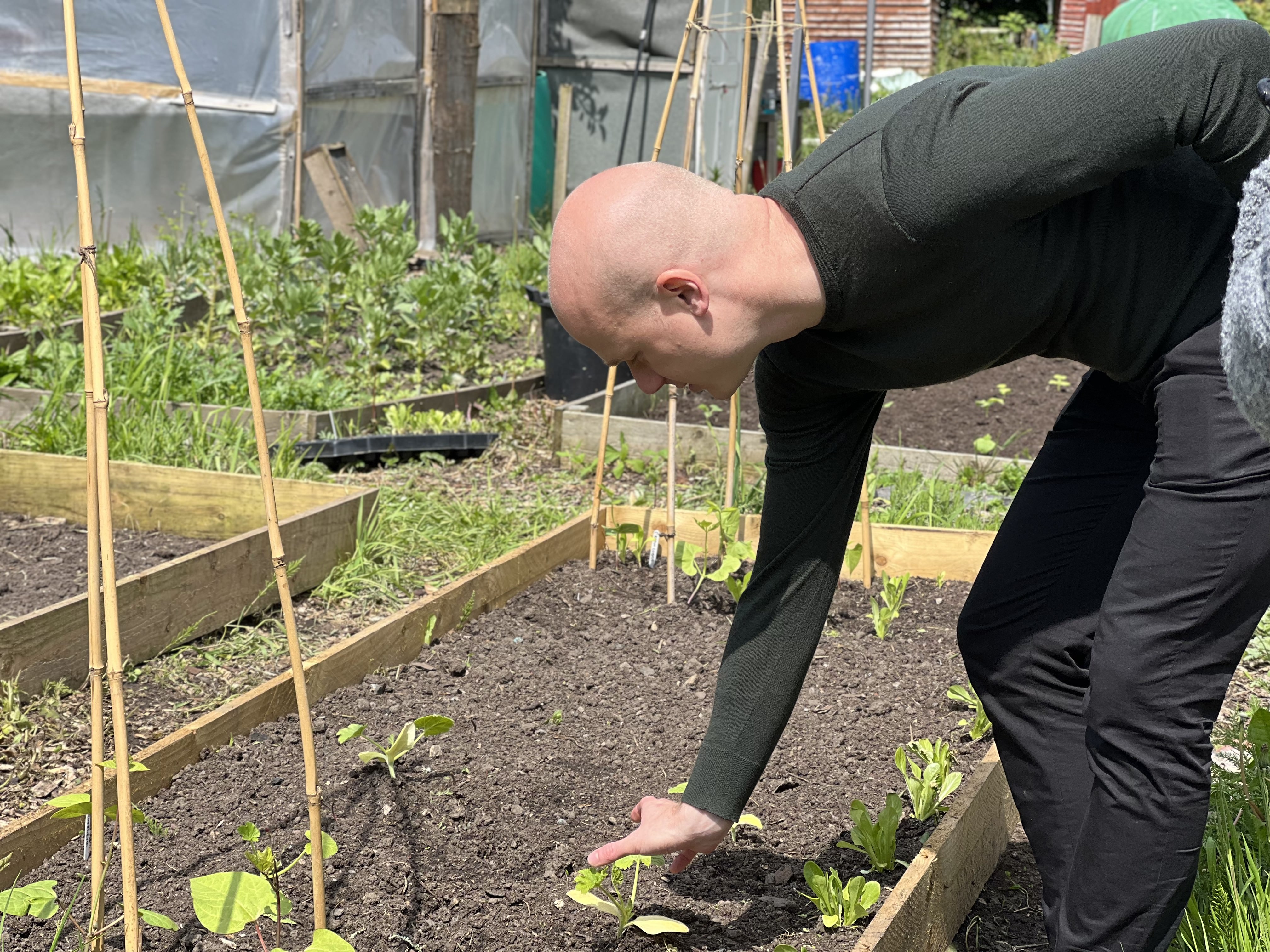
Ever wondered what goes on behind the scenes at J. Parker's?
We're giving you a glimpse of what our staff get up to when they're not in the office. Our first look behind the scenes is with Jonathan (our Group Head of Marketing) at his Northern Manchester allotment.
If you've been thinking of starting your own veggie patch in your back garden or jumping in feet first into the world of allotmenteering (yes I did just make up a word), then hopefully this provides you with some inspiration!
So, first things first, how long have you had your allotment?
I think it’s been about two and a half years, but I was on the waitlist for three years.
What do you grow in your allotment?
All kinds of things, but I try to stick to growing things I know I’ll eat. We’ve got runner beans, Ying yang beans, broad beans, lettuces, raspberries, cucumbers, radishes, perennials like delphiniums and lupins, achilleas, turnips, chard, beetroot, courgettes, Jerusalem artichokes, comfrey to soak and rot to use as liquid fertiliser, onions, spring onions, dill, chervils, winter squash, leaks, cosmos, savoy cabbage, red cabbage, pickling cucumbers/gherkins, blackcurrants, cherry tree, apple tree, potatoes, blueberries, and wild garlic.
I also have a polytunnel, but it doesn’t have anything in it – yet! But that’s where I would grow my cucumbers, chillies and tomatoes. I’ve planted calendula and centaura along the sides of the beds too, to attract beneficial critters.
Lot’s going on this season as you can see.
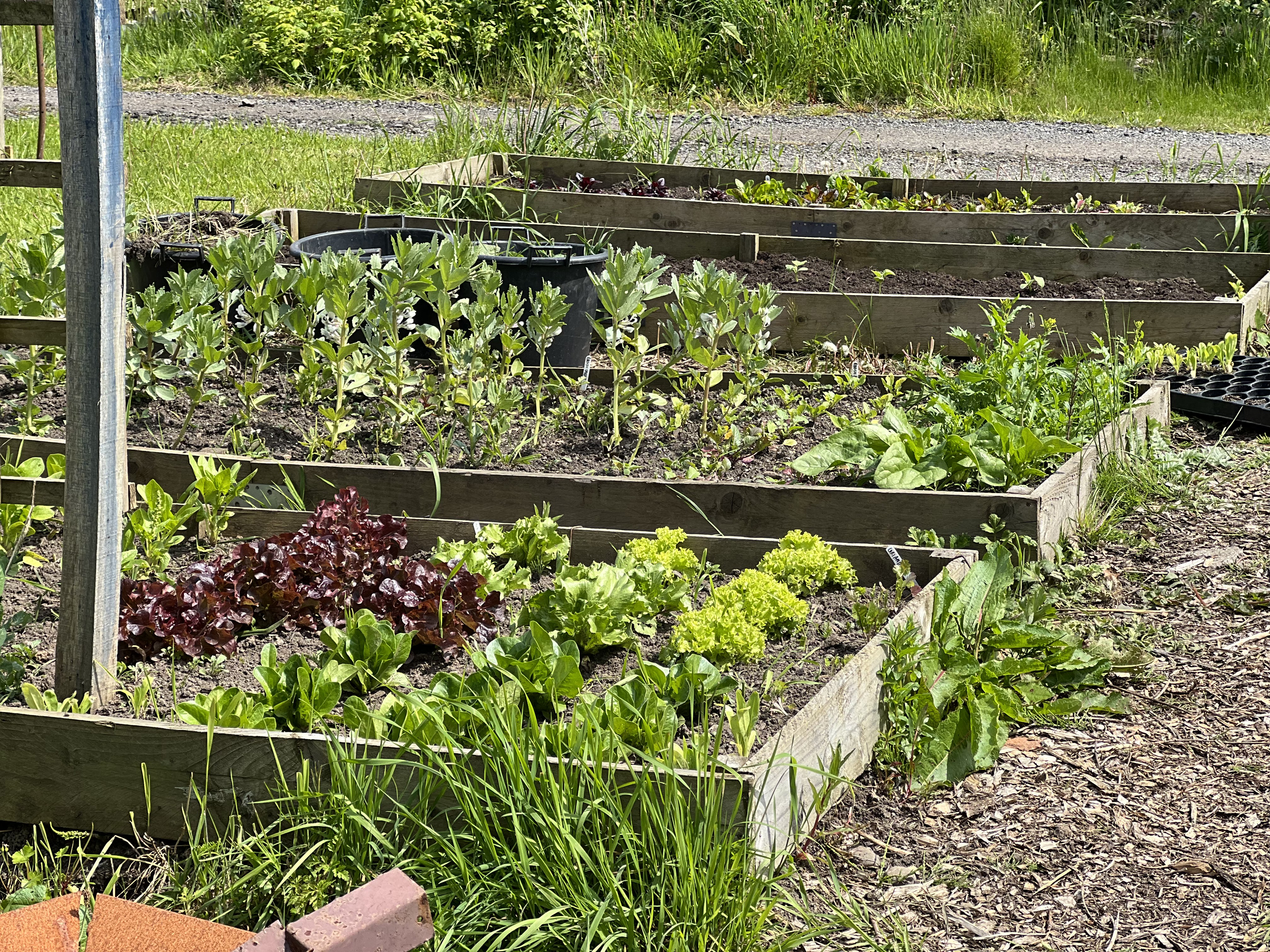
What’s your favourite plant or produce to grow?
I think that would have to be lettuce. There are lots of different varieties and I eat a lot of them, we come and pick ours every week and they’re great because they just keep cropping. When I started the allotment, I was growing things that I wouldn't eat much of, but I now try to ensure everything I grow will be used and has a purpose.
What’s the hardest thing you’ve tried to grow?
I’ve struggled particularly with carrots, even though they’re typically an easy crop to grow from seed. I’ve just had trouble with growing them on site because of things like weeds and the soil as it dries out quickly. Celery too, which is notoriously hard to grow and is very fussy – it can take a while for the seeds to germinate.
Have you followed any money-saving advice for your allotment?
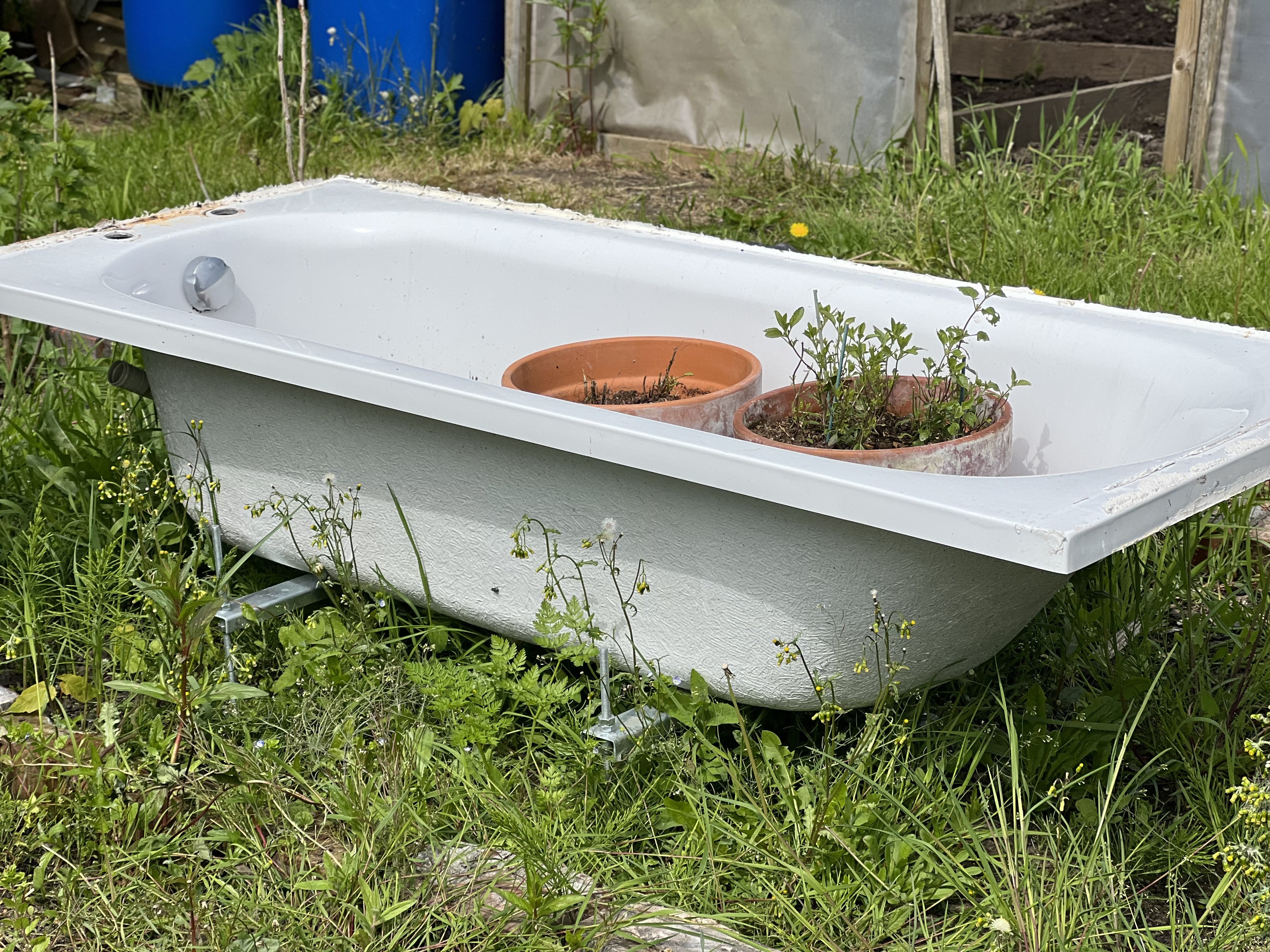
Image: Dubbed 'the quarantine zone', plants secluded after being attacked by slugs.
I’ve tried to use as many recycled materials as possible in the lot. I’ve also done some seed-swapping with friends. Seed saving is also another great way of saving money – which simply means saving seeds you don’t use for the following year as they keep well. I also make my own compost and liquid feed. Taking cuttings and planting them on is another method I use regularly, as well as successional planting to make the most of the plots.
What was the inspiration for your allotment?
I always liked to grow things at home, like on windowsills in pots, and I’m conscious about what I eat so I like to know where it’s come from. I try to be as self-sufficient as possible, and the allotment allows me to do that.
Would you say it’s become harder for people to get an allotment?
Yes, especially after covid. The waiting list here for example has been closed as we had too many people applying and not enough supply for the demand. Food security has become a huge worry for people and outside spaces in urban areas are more in demand than ever before – especially in built-up urban areas as they are less likely to have a garden of their own to grow produce. But an allotment can help people, it helps them get into nature, and this allotment feels like you’re in nature even though the city isn’t too far away.
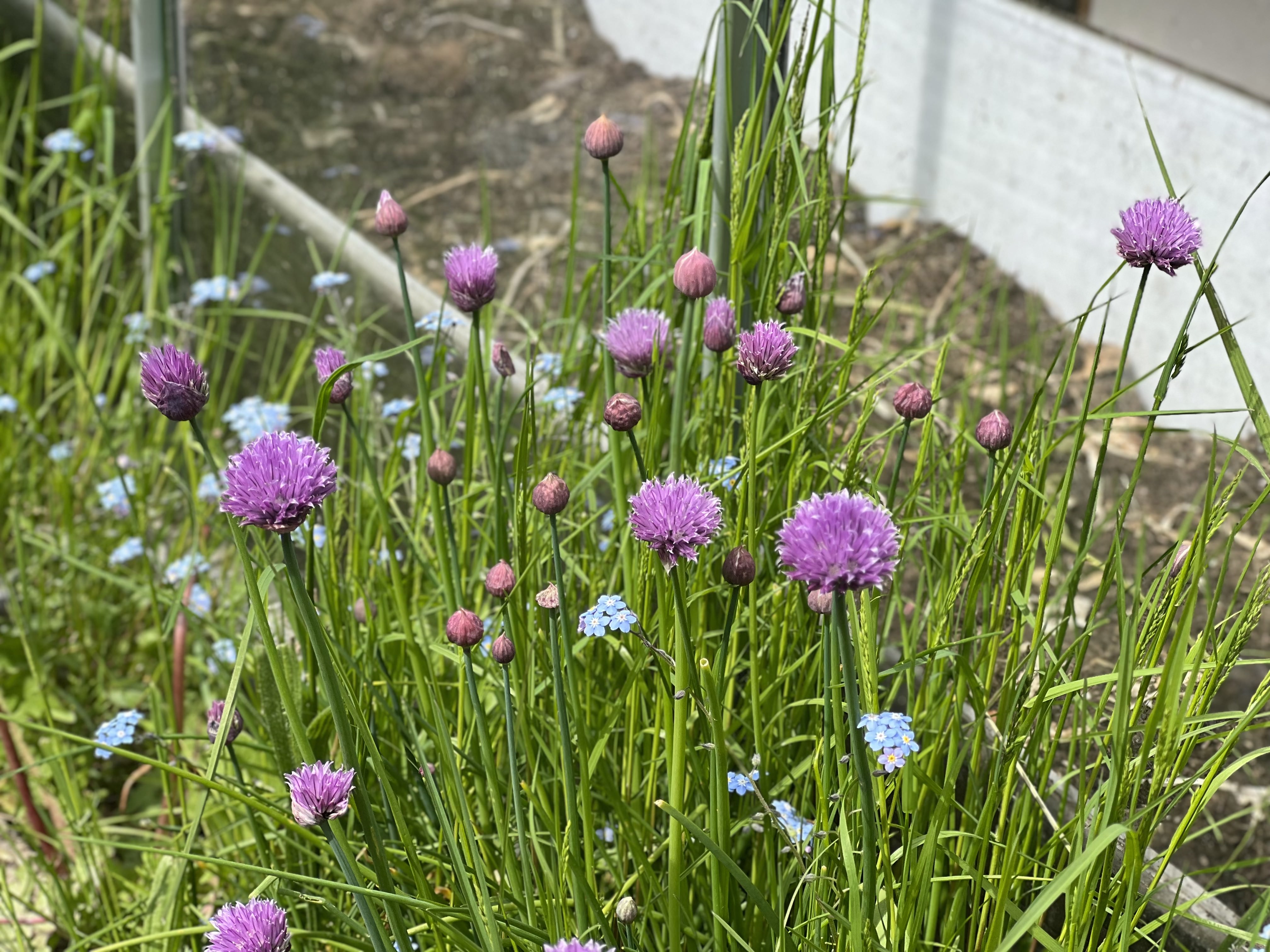
What nuggets of wisdom would you have for new allotmenteers?
Don’t try and do too much at once, do a small section well rather than lots of little bits here and there. Grow what you like to eat, I used to grow runner beans, but I didn’t eat them that much. Try not to become despondent if things fail, you have very little control over what happens and it can be frustrating when things don’t grow to plan, but it’s a space to unwind and getting too frustrated would go against what I’m trying to achieve here.
What’s the biggest learning curve you had in the allotment?
Getting your own compost right has been the biggest learning curve for me. The compost you buy at DIY stores is expensive and you need a lot of it for a plot this size. Plus, it’s hugely rewarding to see things that would normally go to waste become useful. It can take some time to learn the best mix, but it’s worth it – however long it takes to get it right!
What do you refer to for inspiration?
I love reading all about Charles Dowding – he pioneered a process called ‘No Dig’ and preaches a lot about soil composition and I find that interesting and useful. I also gravitate to Huw Richards – I'm really into permaculture which is a way of managing your plot and its design to imitate natural ecosystems as sustainably as possible. This helps the plot to be as productive as it can and tries to create as little waste as possible. You can read more about
permaculture gardening on our blog.
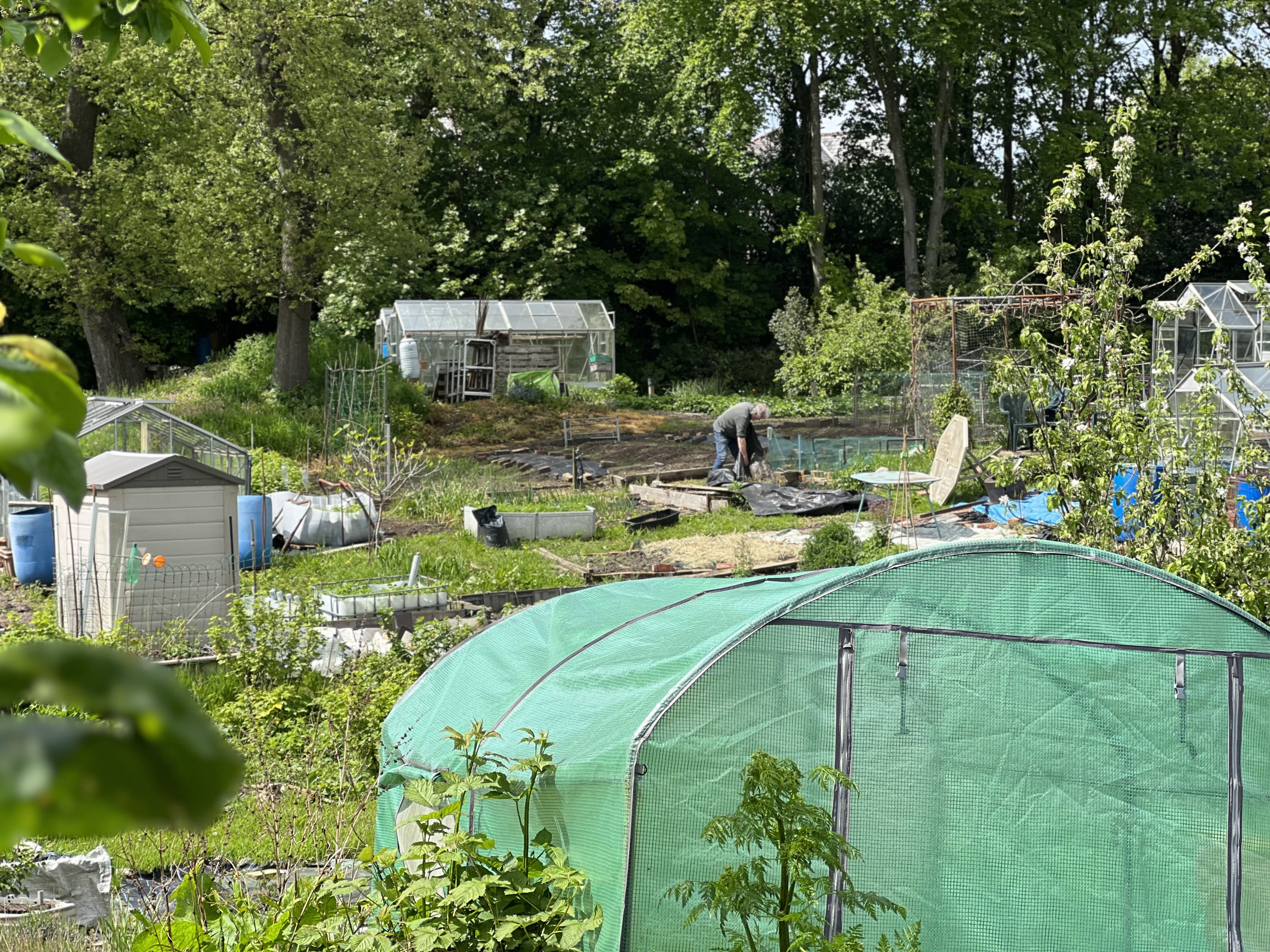
Would you say you’ve hit a rhythm with your allotment now?
Absolutely. I have a harvesting system for my beds. For example, lettuce can be harvested from the outside and give you enough for the week while they grow for a few months. I concentrate on succession planting, and I’ve always got something that comes after like the former, like taking out lettuces and replacing them with kale, or my broad beans in July will be replaced by cabbage after they finish and partnered with brassicas. I grow strawberries all year, squash for winter, beans for summer and May is when I plant everything out.
Have you always been interested in gardening or having an allotment?
Yes always, since I was a young boy – I used to help my grandad in his garden, and I like to be outside. I've always tried to grow my own produce at home, too, so an allotment is just the natural evolution of that. I just think it’s amazing that you can put stuff in the ground, and it’ll grow.
How often do you come down to the allotment?
In the summer I come down pretty much every night after work to water stuff, especially if it’s warm. In winter I don’t come over as often, but I aim for once a week.
Do you think younger people are getting more into gardening and having an allotment than ever before?
Definitely. In this allotment, the newer people generally are younger and it’s becoming a more popular hobby. Some of my friends, for example, like to come down and get stuck in and don’t mind so much when I talk about what I’ve got growing.
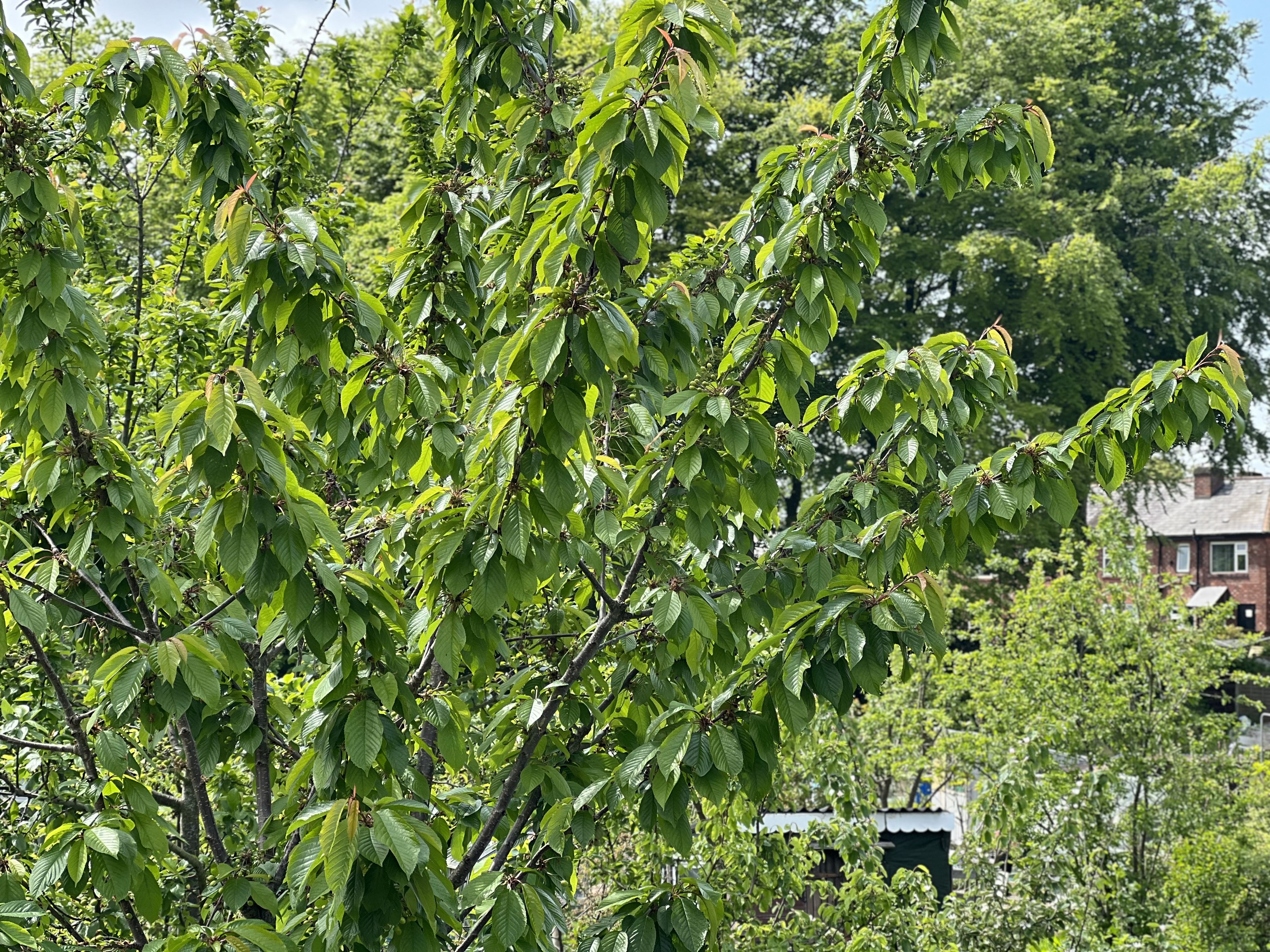
How much would you say you’ve invested into your plot so far?
That’s a really good question. I think I’ve spent more than most - the rent for every year is £80, but I would say I’ve invested about £500 so far. This obviously depends based on your goals and the size of the plot, but I’d say this is more than the average.
This hobby definitely suits thrifty people, as you can save a lot of money by recycling things and upcycling stuff such as planters etc.
Are pests a huge problem?
Not massively, as I’d say that the ecosystem is more balanced here, but it depends from place to place. But you get years where certain things thrive. E.g., slugs were a problem for one year, but the birds and frogs ate them. Foxes are worse as they can wreck polytunnels trying to get to the crops inside. Birds too as they eat my cherries. The wind can be bad sometimes too, but that’s the biggest issue we’ve had to contend with. There could also be a scarcity of water, especially during phases where it’s dry and you have to come up and water a lot. That’s why the no-dig method is so valuable.
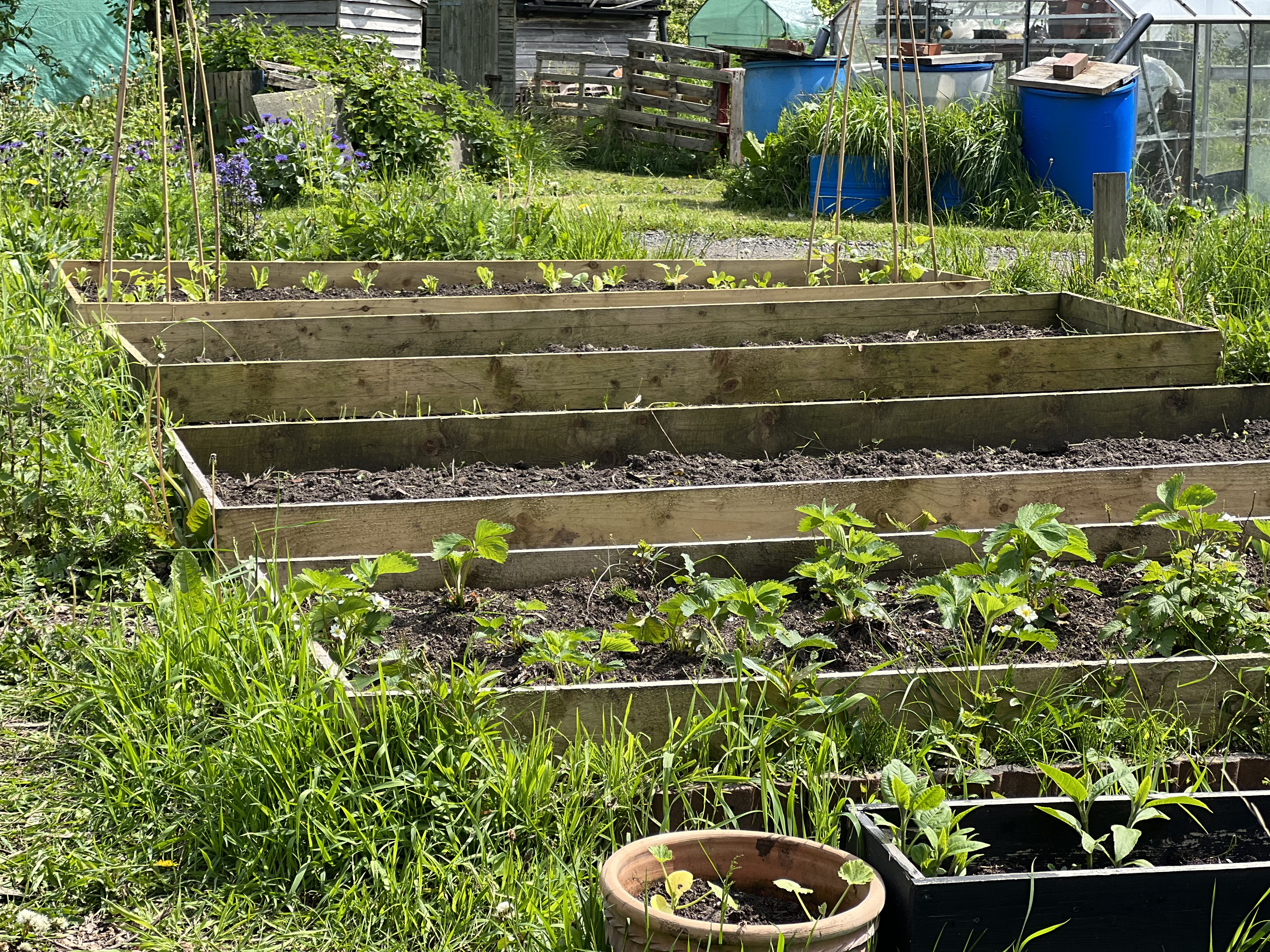
Do you have any long-term goals for the allotment?
This year I’m concentrating on growing produce for myself. But last year the allotment looked a lot different! I grew a lot of flowers for florists instead of crops, and I’d sell the cut flowers to them. I’m thinking of doing that again next year, actually.
Thanks for showing us around Jonathan! Stay tuned for more, as we get updates on how his crops are doing as we move into summer and autumn.
Interested in starting your own vegetable patch? Here's what Jonathan planted in his allotment to give you some inspiration.

